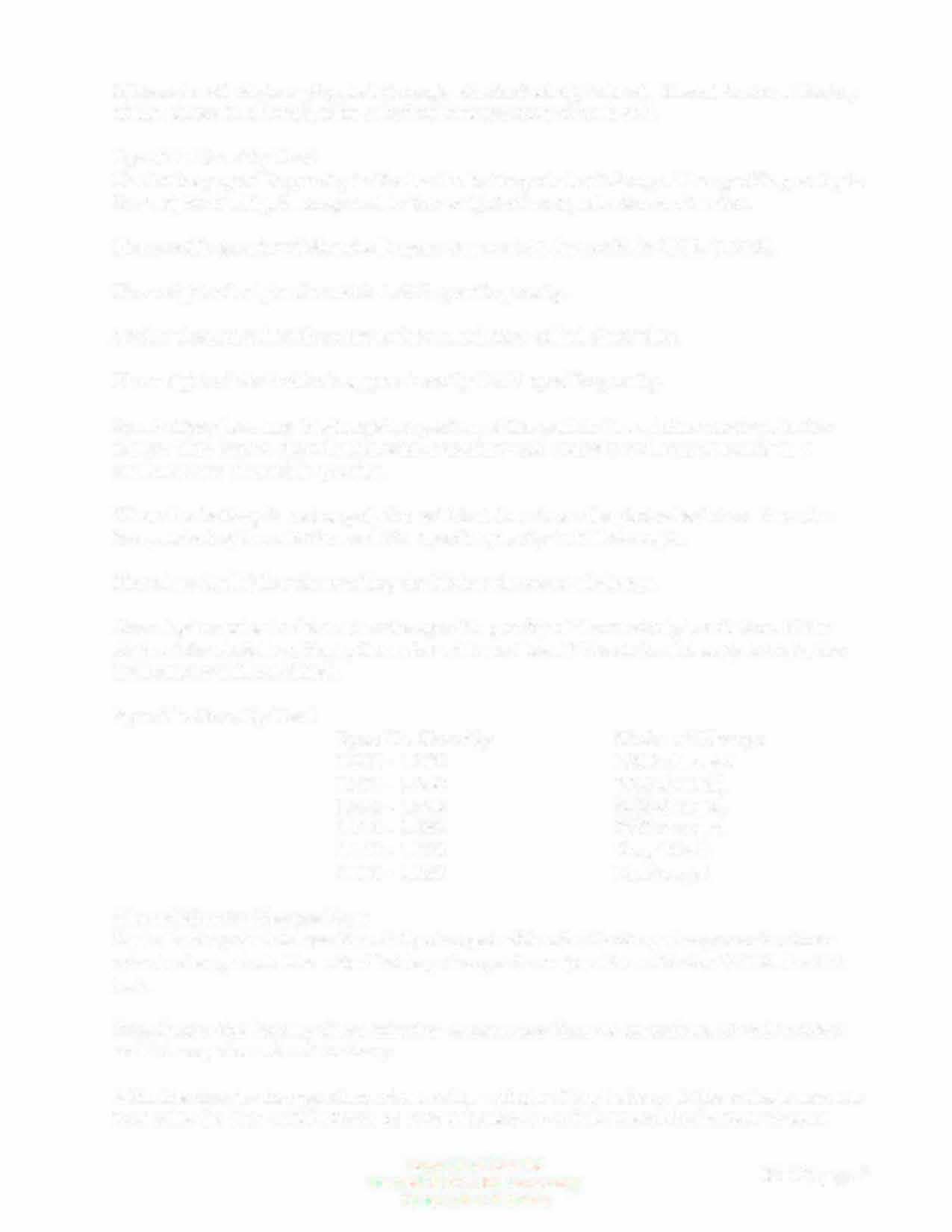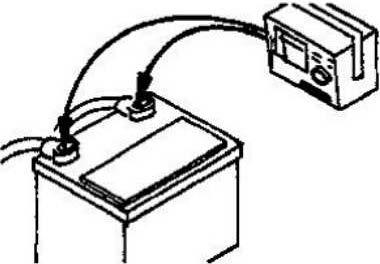
3 minute read
Troubleshooting the Maintenance-Free Battery
If there is not obvious physical damage, check electrolyte level. If level is above the top of the plates in all cells, take a hydrometer reading of each cell.
Specific Gravity Test The battery specific gravity indicates the battery state of charge. The specific gravity is the weight of a liquid compared to the weight of an equal volume of water.
Advertisement
The specific gravity of chemically pure water at 80 degree F. is ONE, (1.000).
The weight of sulphuric acid is 1.400 specific gravity.
Acid is then mixed with water to form a solution called electrolite.
The weight of electrolite is approximently 1.280 specific gravity.
As a battery becomes discharged, a portion of the acid in the solution soaks into the plates. This leaves the solution with a weaker acid content and consequently in a weaker state of specific gravity.
When the battery is recharged, the acid is driven from the plates back into the solution, restoring the solution and the specific gravity to full strength.
Therefore the higher the reading the higher the state of charge.
Use a hydrometer to determine the specific gravity of the electrolyte solution. If the state of charge is low, the hydrometer will read low. If the state of charge is high, the hydrometer will read high.
Specific Gravity Test
Specific Gravity 1.260 - 1.280 1.230 -1.250 1.200 -1.220 1.170 -1.190 1.140 - 1.160 1.110 - 1.130
State of Charge 100% charged 75% charged 50% charged 25% charged Very Weak Discharged
Test a battery that is less than fully charged with a fast battery charger and a three minute charge test. Use a fast battery charger in conjunction with the V.O.M. for this test.
Fast charge the battery three minutes at not more than 40 amps for a 12-volt battery and 74 amps for a 6-volt battery.
With the charger in operation, observe the voltage of the battery. If the voltage exceeds 15.5 volts for a 12-volt battery, or 7.75 volts for a 6-volt battery, the battery is worn
Three Minute Charge Test
out. This indicates that the plates will no longer accept a charge under normal conditions and the battery should be discarded.
Note This test is not valid if specific gravity is above 1.200.
Battery Load Test
The starter motor can be used to load test the battery.
WARNING LPG engines: Make sure to shut off the LPG service valve. Start the engine and run it until the engine runs out of fuel or stops.
1. Disconnect the high tension coil wire from the distributor cap, and connect a ground wire to one end of the coil wire, clipping the other end of the wire to an engine bolt.
2. Connect a volt meter across the battery terminals. Crank the engine for 15 seconds. Measure the voltage on the voltmeter.
During cranking, voltage should exceed 9.6 volts. If it is less than 9.6 volts, there is trouble in the battery, cables, or starter.
Immediately after cranking, no-load voltage should recover to at least 12 volts. If the voltage recovers to at least 12 volts, the battery is fine and the trouble is with the starter or cables.
If the voltage does not recover to at least 12 volts, the battery should be charged and the test repeated.
3. Remove the ground wire and reconnect the coil wire.
4. Start and accelerate the engine. Charging system output should exceed 13.5 volts.


Jump Starting with an Auxiliary Battery When using jumper cables, treat both booster and discharged battery carefully. Follow the procedure outlined below exactly, being careful not to cause spru·ks:
1. Set parking brake and place transmission in NEUTRAL. Turn off lights and other electrical accessories.



